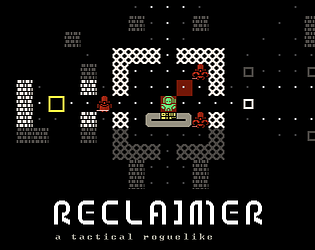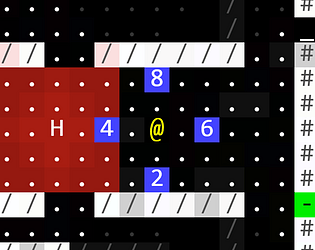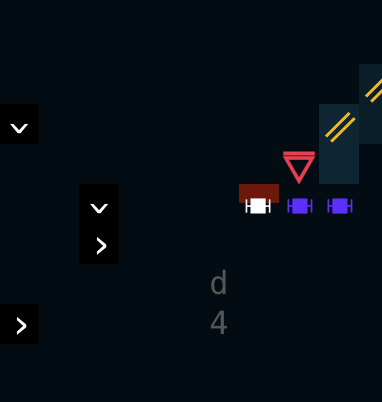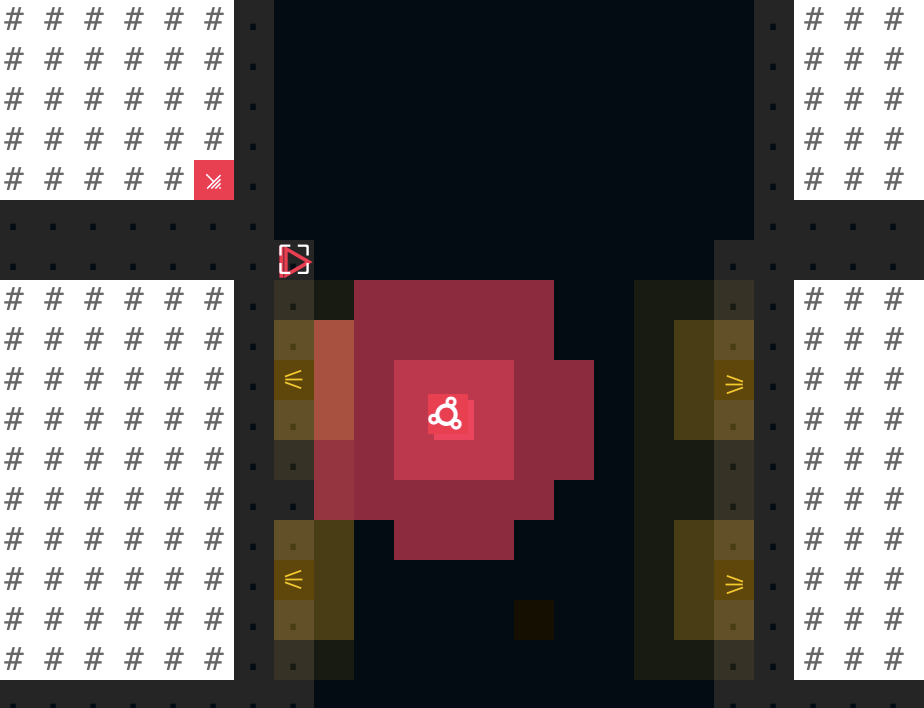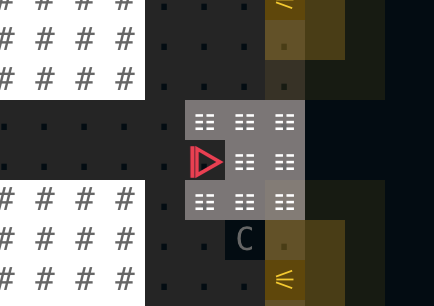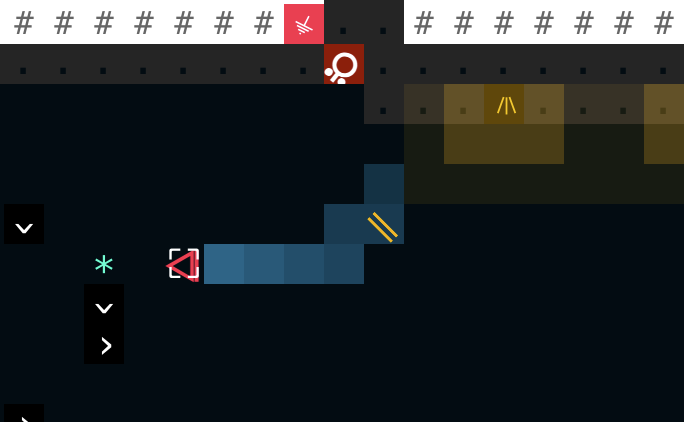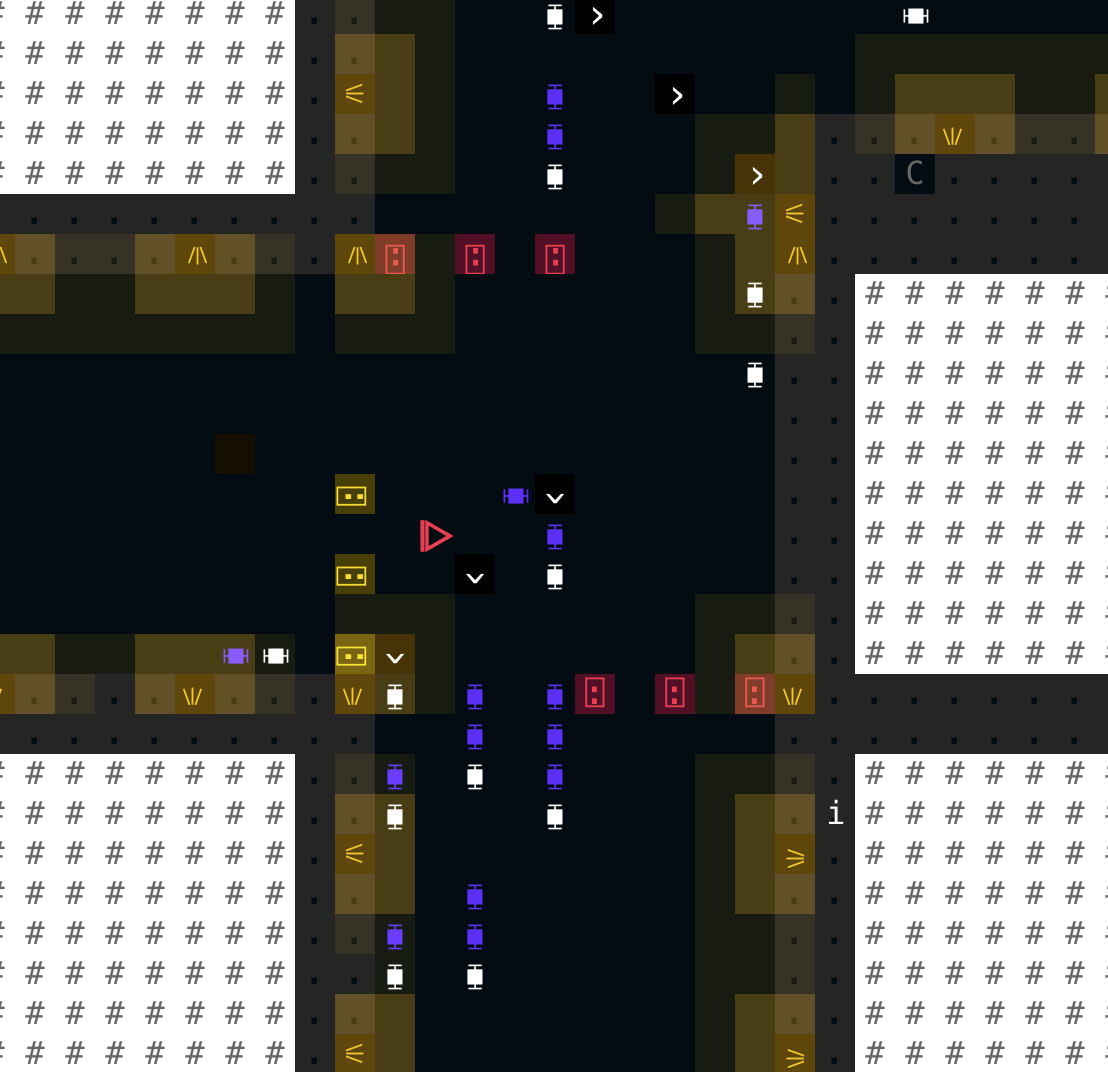Thank you so much for this feedback! It’s certainly the game I’m the most proud of. But weirdly, it got much LESS of a positive reaction than runner did. I thought this would be more of a crowd pleaser with actual progression, biomes, traditional combat!
I realized the week after the jam I made my life far harder than necessary with the knock back animations. I should have just put arrow icons in each tile visualizing final destinations. The push animations were at least a day of dev time and they never fully worked the way I wanted. Weird stuff like showing wall collisions got very complex.
Balance is so tricky when the numbers get chunky. The difference between 0, 1, and 2 knockback feels HUGE in terms of tactical implications. And then figuring out wall damage versus weapon damage. I don’t think this is right, yet. I’ve considered cyclone only working on the cardinal directions, maybe there’s a facing system and it’s the front arc only, cooldowns, … I also suspect that balancing with HP alone is a problem. It may be better to have hp, armor, and stability – armor reduces weapon damage, stability reduces knockback. Then you can get enemies with more flavor, and builds can specialize a bit more. You may be a damage build versus a knockback build, and struggle with the opposite enemy types. But then I need UI to visualize all this complexity!
Now that the library I used, Prism, hit 1.0 I want to rebuild and extend. I feel like there’s so much here that I could build on. More enemies, more weapons, huge upgrade path potential, more flavorful level generation, a meta structure for different missions/runs leading into “one final job”, and much more. More than runner or gridlock, I have a sense the bones here are good and can sustain a lot more weight.
I’m encouraged to hear it worked with Proton. I’ve been contemplating a Steam Machine to replace my PC, but was concerned I might not have access to the *DRLs. Was it hard/annoying to setup?


